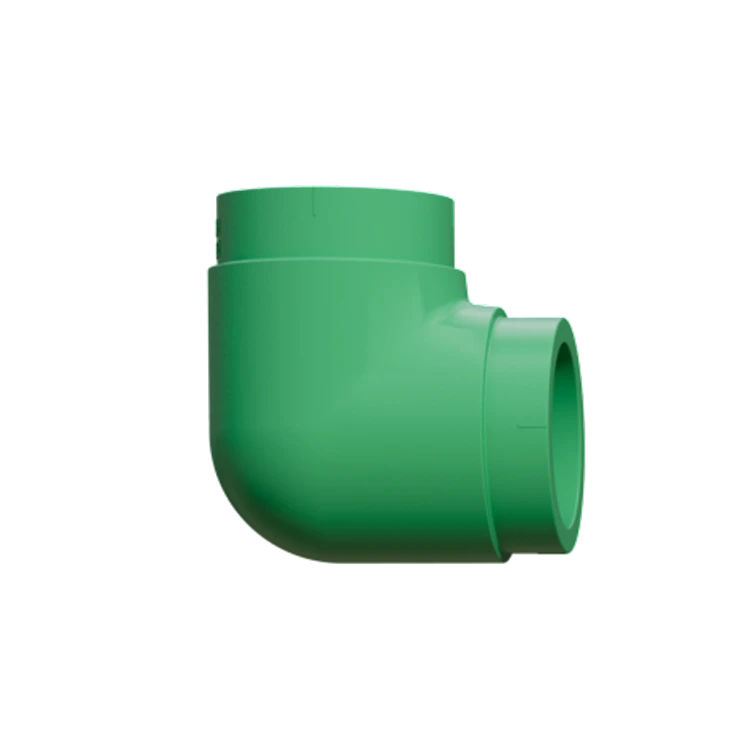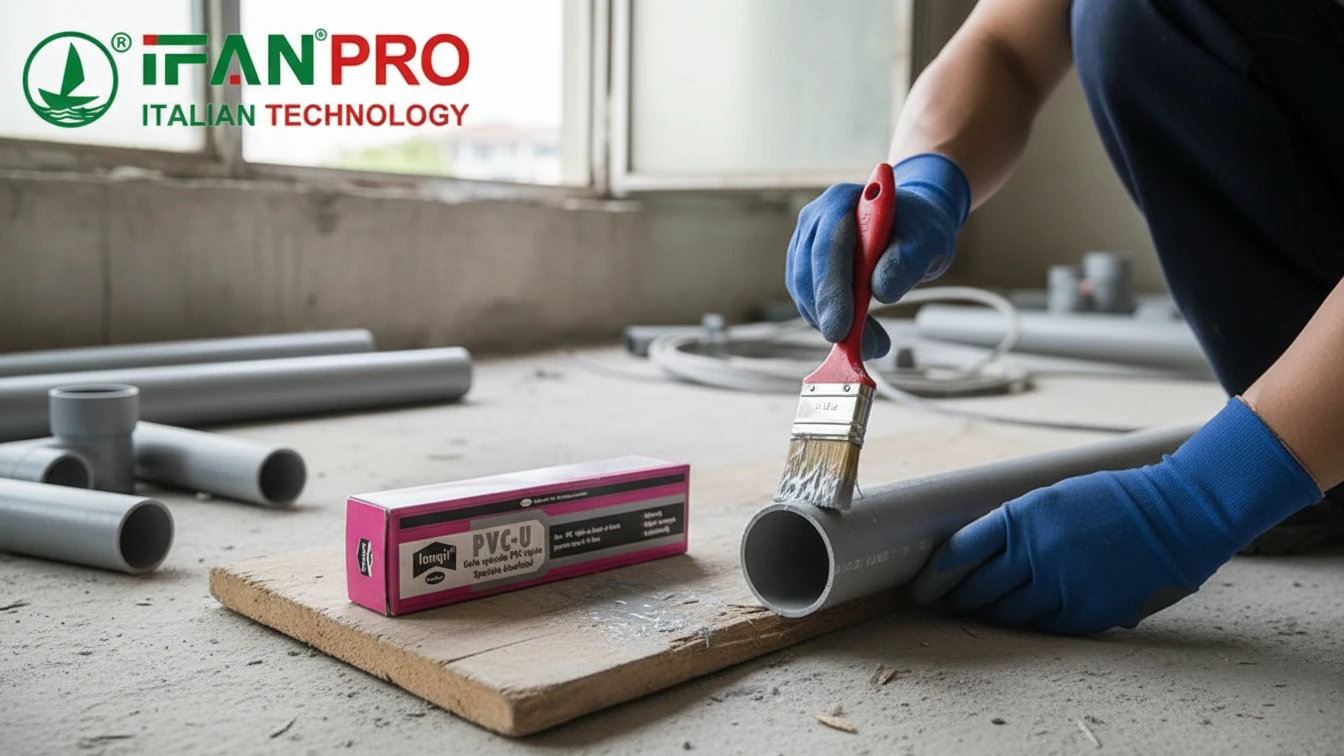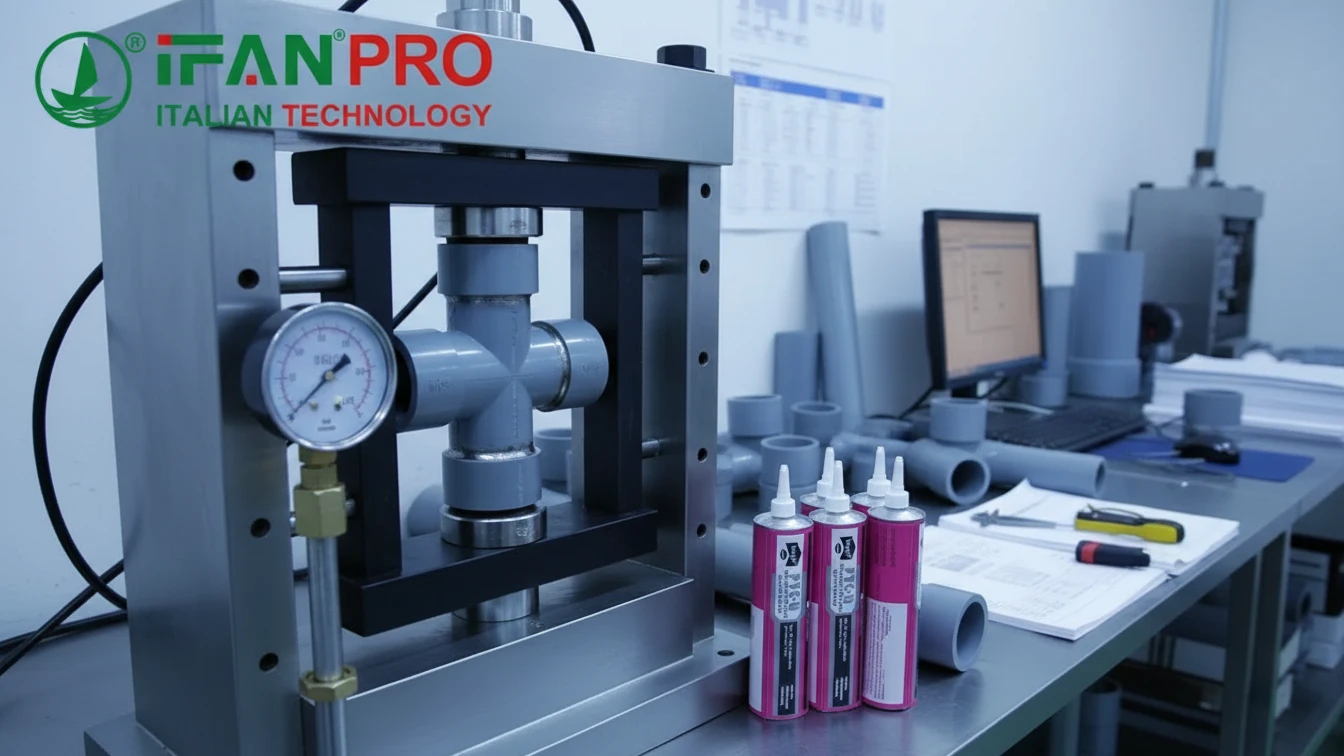1. Введение
For plumbers, HVAC contractors, and DIY enthusiasts, ensuring leak-free PPR elbow fittings is critical for system reliability. This guide answers the question “Are PPR elbow fittings leak-proof?” with technical data, installation best practices, and why proper installation matters.
2. Why PPR Elbows Are Designed to Be Leak-Proof
2.1 Material Science
- PPR (полипропилен рандом сополимер) is a semi-crystalline thermoplastic with:
- High chemical resistance to water and minerals.
- Molecular fusion capabilities when welded.
- Welding Process:
- Hot-melt welding at 260°C creates a seamless bond between pipes and fittings.
- ISO 21307-certified welding ensures joint integrity.
2.2 Design Features
- Precision Manufacturing: Tight tolerances (±0.1mm) prevent gaps.
- Uniform Wall Thickness: Reduces stress points during pressure changes.
3. Key Factors for Leak-Free Performance
3.1 Proper Installation
- Step 1: Clean Cuts
- Use a pipe cutter to avoid burrs that cause leaks.
- Step 2: Heating Time
- Heat pipes and fittings for 8-12 seconds (adjust based on size).
- Step 3: Alignment
- Ensure 90° or 45° angles are precise to avoid stress on joints.
3.2 Pressure Ratings
- PN16 (16 bar) for residential systems.
- PN25 (25 bar) for commercial/industrial use.
- Overpressure Risk: Exceeding ratings increases leak chances.
3.3 Certification Compliance
- EN 12201 (Europe): Material stability for 50 years.
- ISO 21307: Welding quality standards.
- NSF/ANSI 61 (USA): Drinking water safety.

4. Common Causes of Leaks in PPR Elbows
- Incorrect Welding
- Insufficient heating leads to weak bonds.
- Misalignment
- Angles off by >5° stress the joint.
- Chemical Degradation
- Exposure to concentrated acids/alkalis (e.g., >30% HCl).
- Freeze-Thaw Cycles
- Expansion from freezing water cracks uninsulated pipes.
5. How to Ensure Leak-Free PPR Elbows
5.1 Best Practices
- Pressure Testing: 1.5x working pressure for 2 hours post-installation.
- Insulation: Use foam sleeves for outdoor or cold-climate applications.
- Professional Training: Follow ISO 21307 welding guidelines.
5.2 Yifan Pipeline’s Solutions
- Premium PPR Elbows: EN 12201-certified with 50-year durability.
- Custom Angles: 15°, 30°, 45°, 60°, 75°, 90° options.
- Welding Support: Free guides and machine calibration service.
6. Case Studies
6.1 UK Residential Project
- Вызов: Leaky PPR elbows in a bathroom renovation.
- Решение: Yifan’s DN20 PN16 elbows installed with proper welding.
- Результат: Zero leaks after 5 years.
6.2 German Industrial Plant
- Requirement: High-pressure (PN25) elbows for a chemical plant.
- Product: Custom DN50 45° elbows with NSF 61 certification.
- Outcome: Passed 20 bar pressure testing.
7. FAQs
Q: Are push-fit PPR elbows leak-proof?
A: Yes, if properly inserted and maintained. They’re reusable but less durable than welded joints.
Q: Can PPR elbows leak over time?
A: Rare if installed correctly. Age-related leaks occur after 50+ years due to material fatigue.
Q: How do I fix a leaking PPR elbow?
A: Cut out the damaged section and replace with a new welded joint.
8. Conclusion
PPR elbow fittings are leak-proof when installed to standards like EN 12201 and ISO 21307. For guaranteed performance, choose certified products like [Yifan Pipeline]’s PPR elbows and follow proper welding procedures. Visit ifanultra.com to explore our leak-proof solutions or request a free installation guide.
SEO Strategy:
- Keyword Targeting:
- Primary: “are PPR elbow fittings leak-proof”
- Secondary: “leak-proof PPR elbow installation,” “prevent leaks in PPR pipes”
- Content Structure:
- Problem-solution format to address user intent.
- Technical data and certifications to build trust.
- CTA:
- Links to product pages and installation resources.
- Case studies to demonstrate real-world success.
Adjust technical specs or add regional examples as needed!













Последние комментарии